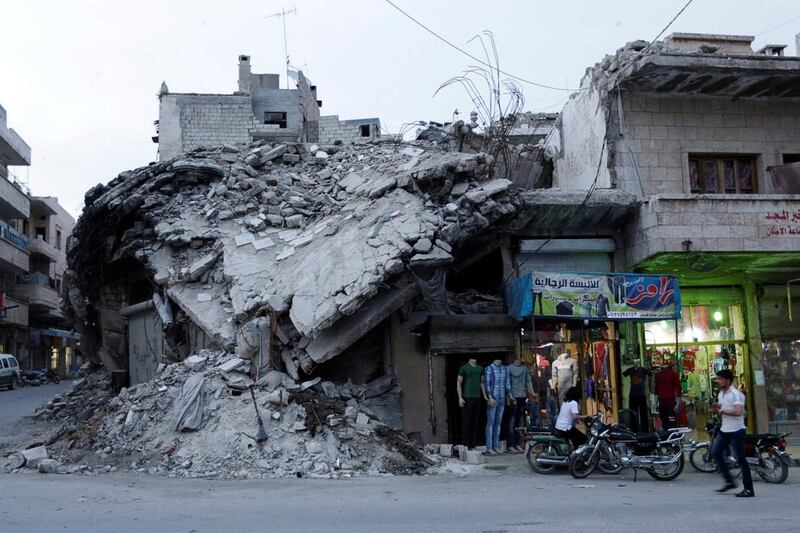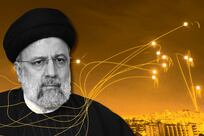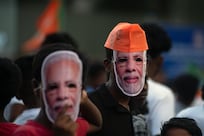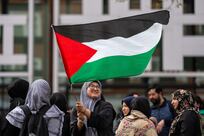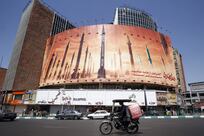May 16 marked the centenary of the Sykes-Picot agreement. It was a secret convention made between Britain and France, with the assent of imperial Russia, for the dismemberment of the Ottoman Empire.
The agreement consequentially partitioned the Middle East and South-West Asia and is viewed as the source of many conflicts in the region.
“If Mark Sykes and Francois Georges-Picot could understand the crime they committed 100 years ago on this day, they would have regretted it. At certain points, pens of great powers resemble knives. These powers are driven by greed and selfish interests, oblivious to the tears of those affected by them,” wrote Ghassan Charbel, in the pan-Arab daily Al Hayat.
“The Sykes-Picot agreement blows its 100th candle atop a sea of rubble and refugees, widows and orphans. A century has gone by since the two men agreed to share the legacy of ‘the sick man of Europe’ [the Ottomans] and drew borders that did not take into account religious, sectarian, tribal and clan realities.
“The years following this agreement were filled with wounds. That of the Arabs who consider themselves to be the victim of a deception that aborted the dream of a major Arab state; the wound of Muslims, who saw the fall of the Islamic caliphate with their fate being passed into the hands of those who do not resemble them; and the wound of the Kurds, as their entire population scattered over four countries to become an oppressed minority.
“A hundred years later, ISIL destroyed the Iraqi-Syrian border and announced the return of the caliphate, but it inflicted a calamity upon Sunnis in the crescent. Time will tell that it is far more dangerous than the fall of the Ottoman Empire,” Charbel wrote.
These maps, he said, have proven to be artificial and malleable for ambulant fighters and militiamen as minorities stand ready to be part of greater maps.
On the centenary of Sykes-Picot, Arabs ask themselves: who is the real culprit? Is it the stranger, who hurriedly drew maps and borders? Is it he who took over the map and dragged them into the abyss? After all, maps need proper maintenance and care. They are drawn on a decision to coexist and the concept of state and institutions. They require development and partnership. “The real criminal is not the one who improvised a map. It’s he who rolled it out, by spreading death, poverty and despair,” Charbel concluded.
Writing in the pan-Arab daily Asharq Al Awsat, Ali Ibrahim observed that when the Sykes-Picot agreement was signed, great powers were waging the First World War, which partly affected the Middle East.
“Now the stage for the war is the Middle East, which is the focus of the talk of new borderlines that may lead to new political entities. Those involved are the two superpowers, the United States and Russia, which are fighting a raging battle of influence on territories stretching from the Crimea to the Middle East, while an emerging superpower – China – is flexing its muscles from time to time in the South China Sea,” Ibrahim wrote.
“The situation in the region was not at its best before the Great Arab Uprising, while the Turkish and Ottoman rule was perceived by some as a conquest and invasion.
“The region has not yet recovered from Sykes-Picot that was followed by agreements leading to the birth of Israel, while the Kurds have not been granted their own state. Everyone knows that drawing new borders at this time would lead to violence and the repercussions of such an act would continue over time. What will be the future? Is there a new map in the making? This will only be determined by the conflict between Washington and Moscow,” Ibrahim wrote.
* Translated by Carla Mirza
cmirza@thenational.ae
